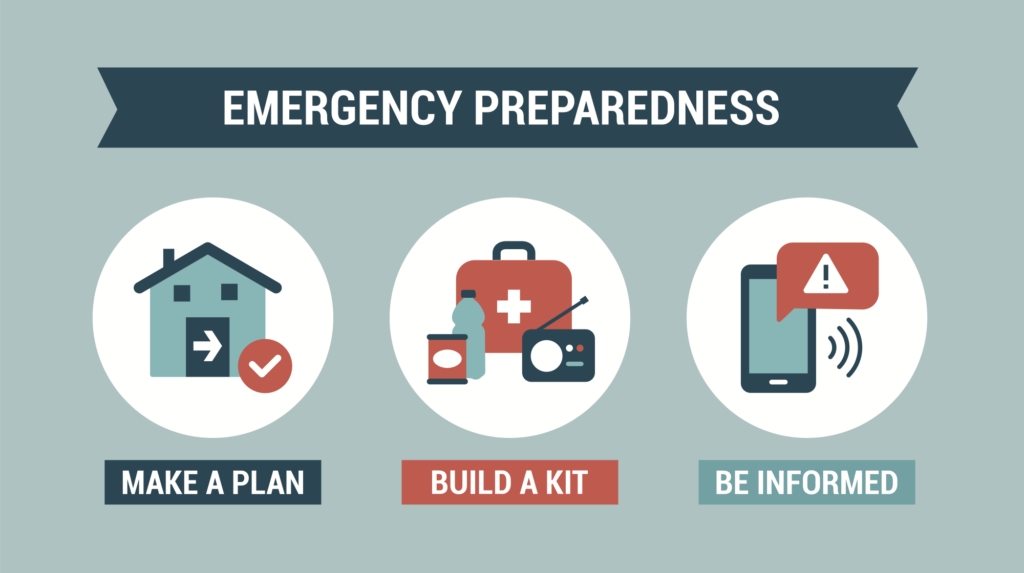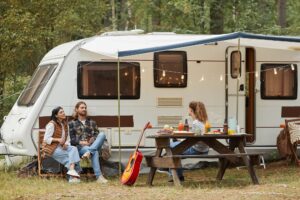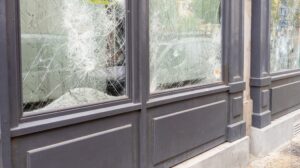Since 2004, the Federal Emergency Management Agency and the Ready Campaign have promoted National Preparedness Month (NPM) every September.
In honor of NPM, take some time to prepare your household for an emergency today:
Make a plan.
Because it’s almost impossible to know when disaster will strike, it’s important to make an emergency plan for a variety of disasters. Your plan should cover how you’ll receive emergency alerts, where you’ll go for shelter in case of an evacuation order and how you will contact loved ones.
Build a kit.
You should have a fully stocked emergency supply kit that’s stored in a portable bag or tote so that it’s ready to go if you need to evacuate. A basic kit should include:
- Water (1 gallon per person per day for at least three days, for drinking and sanitation)
- Food (at least a three-day supply of nonperishable food)
- Battery-powered or hand-crank radio and an NOAA Weather Radio
- First-aid kit, which should include cold and flu medicine
- Flashlight
- Extra batteries
- Whistle
- Moist towelettes, garbage bags and
- plastic ties (for personal sanitation)
- Manual can opener (for food)
- Cellphone with chargers and a backup battery
Be sure to supplement your kit with any supplies unique to your situation (e.g., pet food, baby formula and diapers, and important family documents).
Prepare for disasters.
To limit the effects that disasters have on you or your family, review the common disasters in your area. You should also review your insurance coverage to make sure you’re covered for common disasters. Consider running practice drills at home so you’re comfortable acting fast when disaster strikes.
Communicate your plan to your children.
If you have children, be sure to talk to them about disasters and your emergency plan. The more they know, the more they’ll be prepared.
























